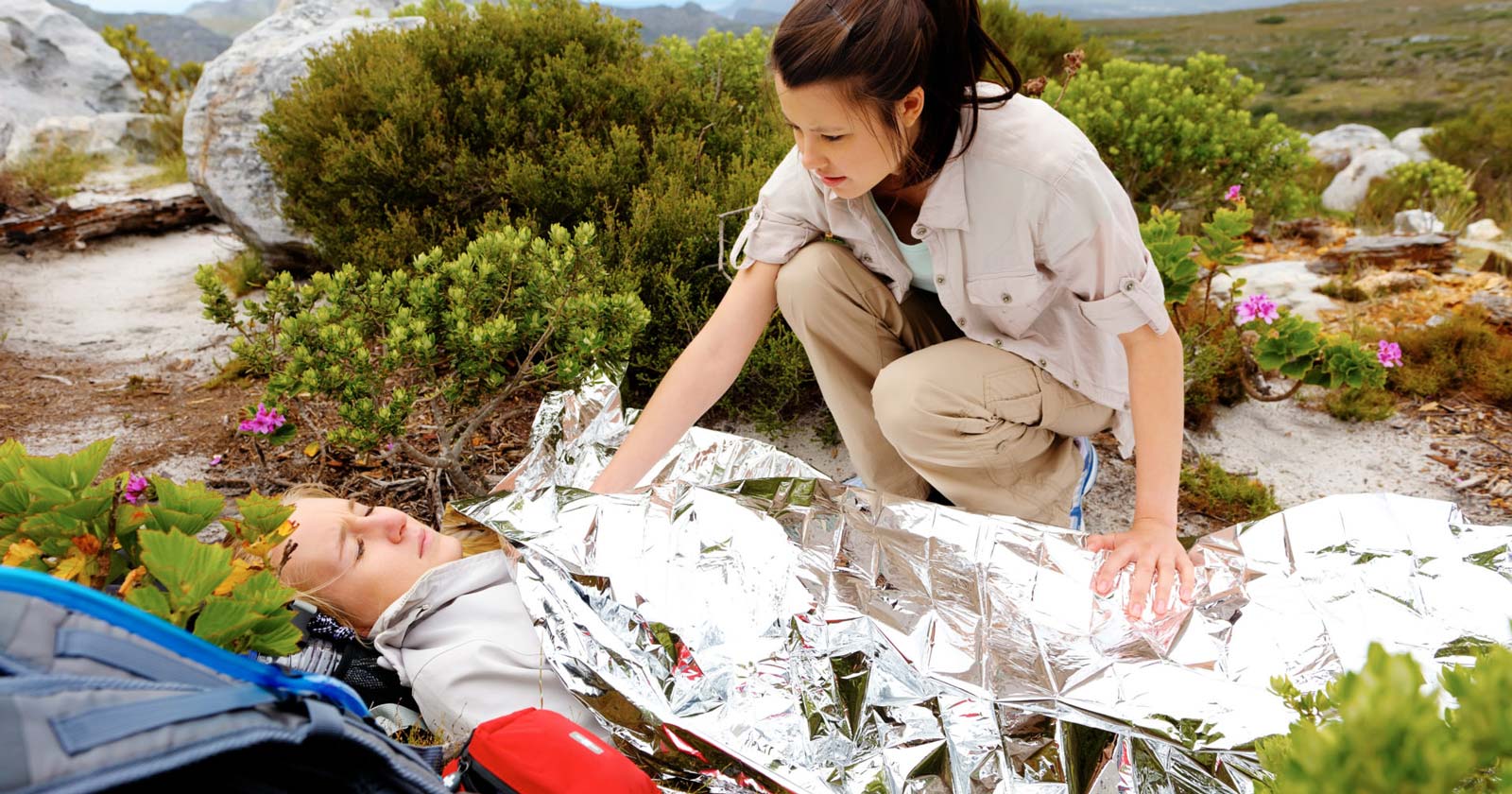Navigating river crossings: Footwear considerations for hikers
Encountering a river during a hike presents a strategic decision point. While forging ahead might be the ultimate goal, knowing how to safely cross a river and selecting the appropriate footwear for the crossing is crucial for both your safety and comfort. This post explores the intricacies of utilising hiking boots, shoes, or even venturing barefoot, empowering hikers to make informed choices and select the most appropriate footwear for river crossings.
Hiking boots: Protection at a price
In my humble opinion, hiking boots reign supreme in terms of protection. Their sturdy construction shields feet from sharp rocks, uneven terrain, and potential submerged hazards. Additionally, the ankle support they offer enhances stability on slippery rocks or uneven footing. In cold water, boots act as effective insulators, safeguarding against discomfort and potential hypothermia. However, their weight and slow drying time can be cumbersome, particularly if a lengthy hike follows the crossing. Furthermore, wet boots sometimes compromise traction on certain surfaces.

Shoes: Lighter options, potential drawbacks
Shoes present a lighter and faster-drying alternative. This translates to convenience and comfort, especially for extended hikes after the crossing. Depending on the type of shoe, they might offer superior traction on smooth rocks or wet surfaces compared to wet boots. However, shoes inherently offer less protection than boots, rendering them unsuitable for crossings with sharp rocks, uneven terrain, or potential underwater hazards. Additionally, they provide limited ankle support, which can be risky on slippery or uneven footing.
Barefoot: Agility with risks
Going barefoot boasts the benefits of maximum feel and agility. This heightened connection with the terrain can be advantageous on rocks and other surfaces. Additionally, drying is instantaneous, eliminating post-crossing discomfort. However, venturing barefoot exposes feet to the greatest risks: sharp rocks, potential cuts, and submerged hazards. Moreover, cold water can be extremely uncomfortable and even lead to hypothermia in prolonged immersion.

The optimal choice: A multifaceted equation
Ultimately, the ideal footwear selection hinges on several factors:
River characteristics: Deeper, faster-flowing rivers necessitate superior protection and support, making boots the safer option.
Terrain: Sharp rocks or uneven footing dictate the need for protection, favoring boots. Smoother surfaces might be manageable with shoes or barefoot.
Water temperature: Cold water demands the insulation offered by boots, while warm water allows for faster drying with shoes or barefoot.
Personal preference: Individual comfort levels and risk tolerance play a significant role in the decision.
Additional considerations for safe adventures
- Post-crossing footwear: Carrying dry socks and alternative footwear like sandals ensures comfort for the remaining hike after crossing with boots or shoes.
- Trekking poles: Utilising hiking poles enhances stability and balance during the crossing.
- Scouting the crossing: Prioritise your safety by identifying the shallowest and safest point to cross, while noting any potential hazards.
- Companionship: Never attempt a solo crossing. Inform others of your plan and consider having someone accompany you.
Remember, prioritising safety should be the guiding principle. When faced with uncertainty, opt for the option that offers the most protection and minimises potential risks. Learn more about river crossing techniques and how to safely cross a river here.





I have a pair of swiftwater crocs for river crossings, they double as camp shoes.
They Velcro on, but I’m not 100% sure they’re gonna stay on…
Hate getting my boots wet tho
Hannah Bnana hate getting my boots wet too. Depends on how I feel in the day generally. And how much hiking I have to go.
Hannah Bnana agreed, change in to a pair of light, quick-dry crocs for the crossing, which also make good camp shoes.
Hannah Bnana my preference too. They’re light so not a huge imposition on overall pack weight.
One of those small super-fast drying towels are handy too.
Ben Marshall Absolutely. I carry a bandanna/buff for that as it then has multiple uses. Although not keen on putting it on my head after wiping my feet with it.
I love a good river crossing in summer. I wear trail runners, their light and dry quick while offering sufficient foot protection in the water.
Media: https://www.facebook.com/10222097314374641/videos/396299533026047
Thats a good one. Feels cold watching that this time of year
My river crossings have involved swiming with pack … footwear was not so relevant 🙂
Trail runners, then switch back out to your boots.
Made a big mistake about 10 years ago running my team of dogs in the high country. Had to break trail for the dogs through 2-3 feet of virgin snow. Snow had got down through my layers into my Sorells. Wet, icey feet. Now have a very “whacky” toe and nail on my right foot!